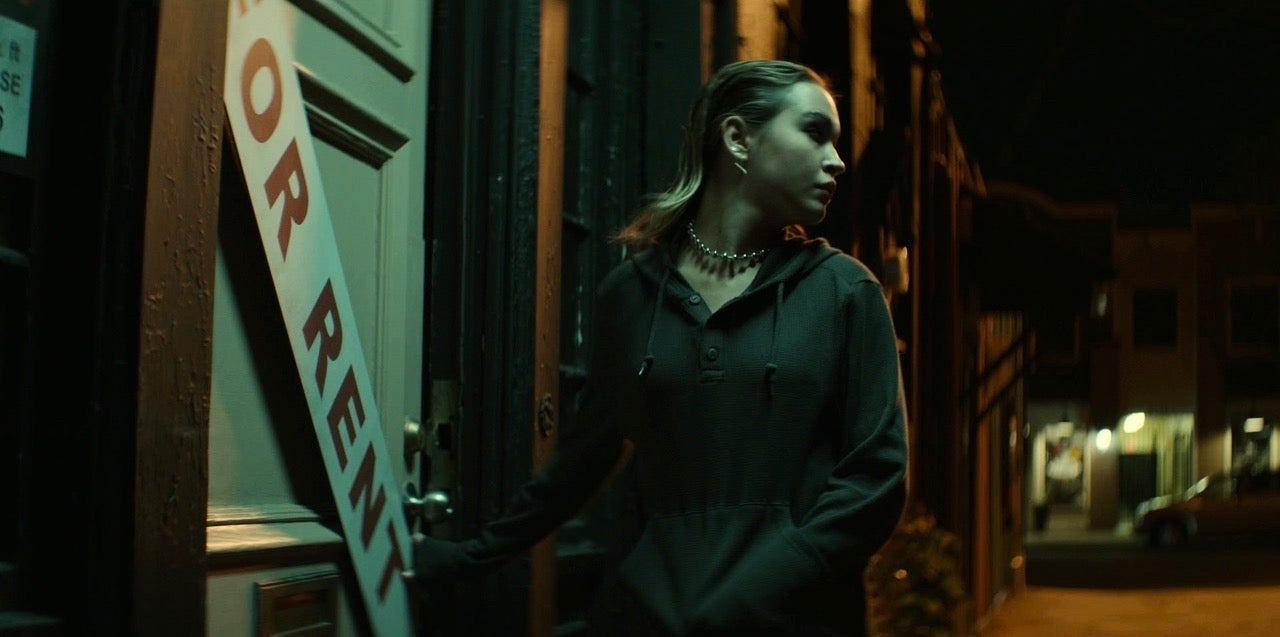
06-13-2023 - Gear, News
Shot on VENICE: How DP Jayson Crothers Evolved the Thrilling New Look of ‘Cruel Summer 2’
By: Oakley Anderson-Moore
The success of Cruel Summer was a big surprise, even to the people who made it. Why? The show was trying to do something interesting: keep the audience guessing until the very end. It’s one of those strategies where you have to get it exactly right for it to work. But if it works, it really works. For Cruel Summer, the show became Freeform’s biggest debut in the network’s history, with over 3.81 million people tuning in for the premiere.
As the cinematographer, Jayson Crothers spent a lot of time and thought on how to make the visuals work for Cruel Summer. Building on that huge success, Crothers evolved a new signature look for Season Two.
“Season Two is a completely new thing,” says Crothers about the teenage love triangle set on the eve of Y2K. “It's a new story, new characters, new location, new timeline.”
And while Season Two still embodies everything we love about the original mystery thriller, there was another big change: the camera it was shot on – the Sony VENICE.
Jayson Crothers sat down with SonyCine to share the process of creating a look for S2, why he chooses the VENICE for all his new work, and why the process of making the film is actually more important than the result.
How Crothers’ film career started as a little kid sitting in a projector booth in Alaska
Since his dad was in the Air Force, Crothers moved around a lot as a kid. He found himself growing up in many different places, including a town in Alaska where his father just happened to run the local movie theater part-time.
“Looking back on it, we would get a print months after the main United States had gotten them,” jokes Crothers. “So we would get these films that were beaten up and just scratched all to hell.”
From these scratchy prints, Crothers began his early education on cinematography.
“Sometimes my dad would take me and put me up in the projection booth with him,” remembers Crothers. “He would put a phone book underneath me to sit on, and I’d watch through the little viewing window. The speaker in the projection booth was broken, so I remember watching movies as a kid through this little window and not hearing the sound. I was literally spending all day just watching moving pictures.”
From that point on, he knew he wanted to make movies. He just didn’t know what cinematography was yet. Straight out of high school, he went to college for the only thing he knew about, the role of director. But after making his first Super 8 film, his professor suggested he try cinematography.
“The first day it was like: here's a light meter, here's how it works, here's how you do basic three point lighting,” remembers Crothers. “For some reason, it just clicked. I remember after that first class, I was like, ‘This is what I want to do for the rest of my life.’”
And that’s exactly what he did. In his career to date, Crothers has kept his feet in both TV and features, DPing films like Axis Sally and The Thing About Harry to shows like Chicago Fire and Quantum Leap.
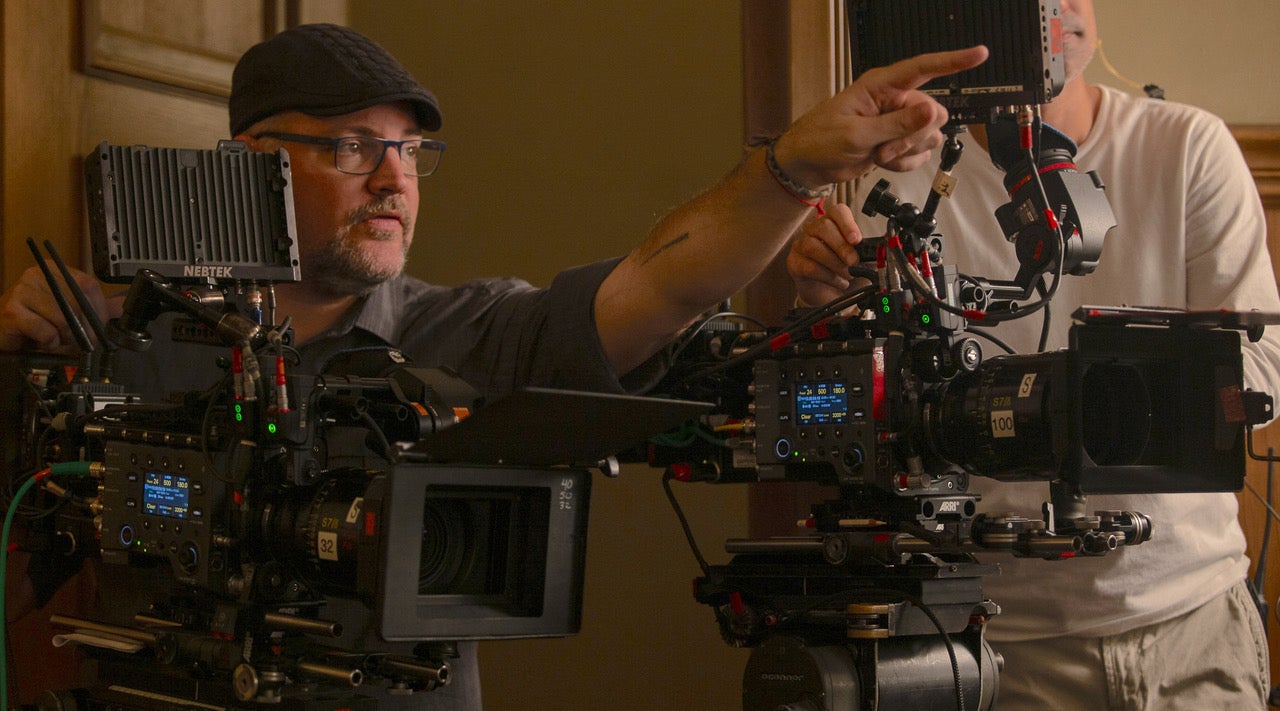
Behind the Scenes with Jayson Crothers
Creating the look for an entirely new Cruel Summer
During the first season, there was often talk of having a Season Two, but it was still a pipe dream. After Cruel Summer became a smashing success, Crothers got a call from the show producers.
“Michelle and Bill Purple, who are the producer and producing-director respectively, called me and said, ‘Hey, do you want to jump on the train again?’” says Crothers.
The new season would have an entirely new story and characters. It takes place in the Pacific Northwest over the course of the year around the millennium change, aka Y2K. Despite the new story, there was much to build off from Season 1.
“It's Cruel Summer in the structure and the sense that it's still a mystery and a kind of thriller,” explains Crothers. “That was also a big opportunity for us to say, "Okay, we learned a lot of things from Season One about what worked really well, not just visually, but also structurally. A big thing we learned from Season One was that the show works best when it's jumping between time periods. So we need to have a visual language that immediately lets the audience know where and when they are without necessarily relying on hairstyles or wardrobe.”
For Season 2, Crothers needed to develop three different visual languages that would define the three different times in which the story takes place.
“The looks came from practical places, but also emotional places for three timelines,” describes Crothers. “It really was a discussion of the emotional arc of our characters”
For example, one timeline has a feeling of innocent youth.
“I think Bill described it as, if you've been in the pool too long and you pop out of the pool and your eyes are just a little blurry, so everything's a little hazy,” says Crothers. “That feeling of summer where you've been in the water all day, and the sun is going down and everything's idyllic and pretty.”
In contrast, there would also be a much more challenging adult timeline.
“For the third timeline, we wanted a feeling of rot and decay. It should feel like it’s festering or it's a wound. So what does that look like?"
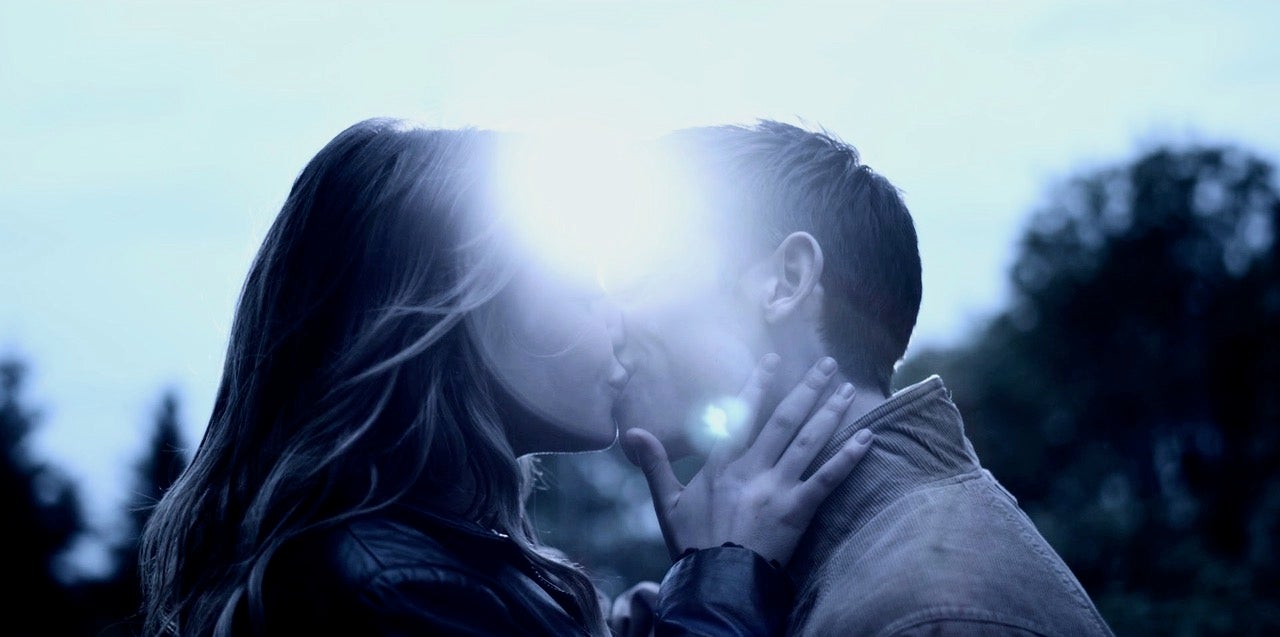
Crothers’ two big factors when choosing a camera (and why it’s VENICE all the way)
The pilot and first season of Cruel Summer had been shot on the ARRI Alexa Mini, but when the new season opened the door for new possibilities, Crothers went in for a change.
“When I began prepping Season One, I’d just come off of shooting three features back-to-back with the Venice,” explains Crothers.
“I wanted to shoot on that camera for the series, but since the pilot had been done on the Alexa Mini (and we did a fair amount of re-shoots for the pilot because of re-writes and some casting changes) it made sense to continue with the same camera system and lenses they used on the pilot. Being an anthology, for Season 2 we weren’t tied to anything from Season 1 and shooting on the Venice was a no-brainer for me.”
For a while now, the VENICE has been Crothers’ first choice.
“We shot on the Sony VENICE, which is hands down my favorite camera system,” says Crothers. “I think this is the third series I've done on the VENICE, and I've done three features as well. The reason I go back to the VENICE over and over again is driven by two things. When you're selecting a camera system, it really comes down to aesthetics and practical applications.”
For aesthetics, there’s something that’s harder to quantify that just sets the VENICE apart for Crothers.
“I like the latitude, I like the color reproduction, I just like the way the Sony VENICE looks. I like how it holds details. I love how much information I can hold in the shadows. I love how it looks on people. I just like it aesthetically.”
Practically, Crothers cites the internal NDs, the dual ISO, and the resolution that allows him to switch between 4K and 6K to expand how many focal lengths he can shoot with. “We’d often shoot in environments that were restrictive in terms of space,” explains Crothers.
“But when we were shooting spherically, by switching from 4K to 6K we could effectively have wider focal lengths to choose from and could do wider shots many times without having to pull set walls. The VENICE makes my job exponentially faster, which gives me and my other collaborators a lot more options. Good examples are obviously the internal NDs. We shot Season Two in Vancouver. It was my first time working there. You can go from clear blue skies, hard, direct sun to suddenly completely, almost black clouds overcast. And that would change take-to-take. Sometimes, it'd be sunny while they're yelling, ‘Roll sound’ and by the time the slate slaps, the clouds have rolled in. If you're chasing ND filters, swapping them out, we would probably still be shooting that scene. With the internal NDs, I could change this with the press of a button.”
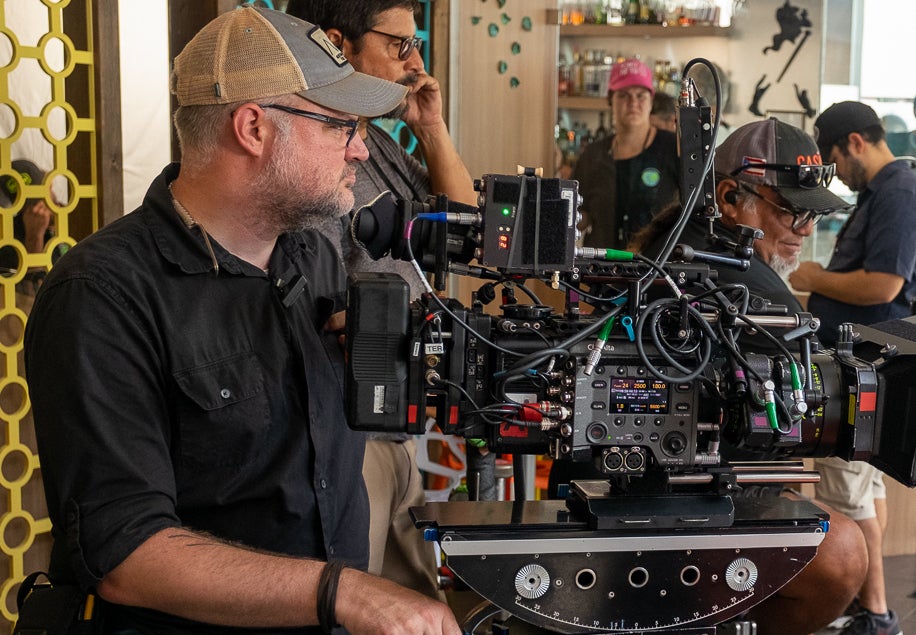
Why Crothers now shoots almost entirely at 2500 ISO
Crothers admits that when he first started using the Sony VENICE, he would stay at 500 ISO.
“Now I almost always use it at 2,500 ISO,” says Crothers. “I think it looks fantastic and it's just very versatile. And for me it's not a matter of, ‘Oh, I can get away with less lighting.’ I'm still lighting, in many ways, the same way I always have. The difference is in the past, shooting at 500 or 800 ISO, I'd be shooting at a 2.5 or 2.8. Well now I'm doing basically the same type of lighting, except now I'm lighting my sets up to a 5.6. To shoot it at 2.8, I'll just drop in ND. But now I have a lot more options. A 40mm lens at T2 is one thing. If I suddenly do a 250mm shot wide open, that enormous shift in depth of field just feels wrong to me, so I can pull the ND and do that shot at a deeper stop but maintain a depth of field that feels more consistent. The high ISO just gives me more creative choices.”
And those creative options are compounded by practical benefits for the rest of the camera department.
“Practically, there are shots that are very difficult on focus pullers,” describes Crothers. “As the shoot goes on, and as days go on, people get tired and things get harder. Not all of the time, but most of the time, a one stop difference between a 2 and 2.8 may not make a notable difference to me visually, but may be the difference between that shot being in focus or being slightly buzzed. I don't want to miss an amazing performance because of focus. So if I set up a shot where the focus puller is on a long lens, there's a lot of movement, there's a dolly moving, the actor's moving, etc. Well, because of the high ISO, I have the extra stop built in there. I can pull an ND, and build a cushion in for that focus puller.”
Pairing Sony VENICE with anamorphic and spherical lenses in a single show
To pull off the different timelines in the story, Crothers would not only rely on distinct color palette choices and lighting, but also lens choices. For Season 2, he used two sets of dramatically different lenses.
“We shot the first and the third timeline on Hawk V‑Lite Anamorphics,” describes Crothers. “We shot the second timeline on G35 Vintage ‘66 Geckos. The whole of Season Two is framed 2:1.”
Crothers needed a camera that could handle such dramatically different looks.
“I was really pleased also with how the Sony paired with both sets of lenses. I loved how the Sony looked on the Hawk Anamorphics. I'm also such a huge fan of the Geckos, the spherical lenses. We did those tests, myself and Mark Berlet the other DP who I rotated with, and when we watched the test back, it was obvious that it's got to be those two. They both look great."
Creating the close-up that becomes iconic to Cruel Summer
Like the first season, faces and their reactions become an important way to play out the mystery in Cruel Summer. For this, Crothers further developed a way for the audience to watch those faces.
“It’s what we call the quote unquote, ‘Cruel Summer close-up,’” says Crothers. “It was very important to me, visually, that we're not just watching the story unfold. I didn't want the audience to go back to a bucket of popcorn and go, ‘Oh, I can just watch this.’ It was important to me that the camera get involved, so as the audience you feel like you're sitting in the room with people. And I think a big part of that is getting the camera uncomfortably close to people so you're right up in their face.”
Crothers and his fellow DP conducted fairly extensive tests before shooting to figure out how a close-up would work on the different faces in the cast, deciding each focal length and the distance by inches from the talent’s face and the height of the camera at or above each actor’s eyeline.
“This was something we did extensively on Season One and it was one of the key visual cues we wanted to carry into season 2. We found taking a very wide lens but not a fisheye lens, and putting it uncomfortably close to somebody created a sense of intimacy and immediacy. When we started playing with it and discovered it, we knew it would become part of our visual language.”
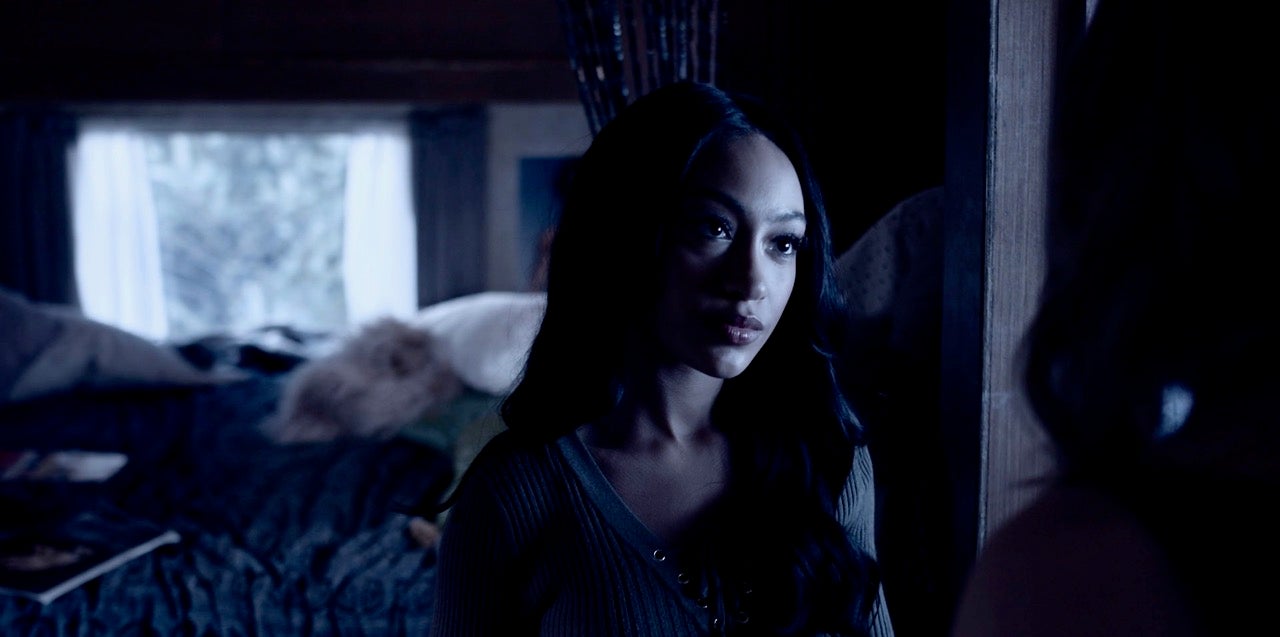
Why enjoying the process makes you a better cinematographer
Something about the way Crothers and the whole team put together Cruel Summer made it a hit. What philosophy does Crothers bring to set that allowed this to happen?
“On a practical level, as a cinematographer, my approach to my work is, everybody's job is to support somebody else,” says Crothers. “My crew supports me, I support the director and the actors, they support the producers. We're all there to be of service to somebody or something else. I think all decisions have to be motivated from what’s in service of the story we're telling.”
Second to that, Crothers has made an important shift in thinking since his early days, influenced by all the films he’d seen through a tiny projection booth window.
“I think when I was younger I was very focused on the results. ‘We're making this thing and when we're done, it has to be...fill in the blank.’ Now I'm much more interested in who I work with more than what I'm working on. Cruel Summer's a good example. It's 10 episodes. Each episode's around 43, 44 minutes. After 10 episodes, you're done watching the show. But I spent over six months of my life working on it, six months of really creative, enjoyable collaboration. Yes, Season One was a big hit. But the truth is, while we were making Season One, we had no idea if the show was going to work. After you make something, there's no guarantee it's going to find an audience. You might make something great that doesn't find an audience. Or you might make something that an audience goes, ‘We don't like this.’ For me, it's more important to be committed to the process without being attached to the results. I want to work on things where there's a respectful, collaborative environment and where we are all encouraged, me, my crew, everybody, to do the best work they possibly can where the best idea is going to win.”
Check out the thrilling and dramatic new season of Cruel Summer on Freeform starting June 5 and Hulu starting June 6.




